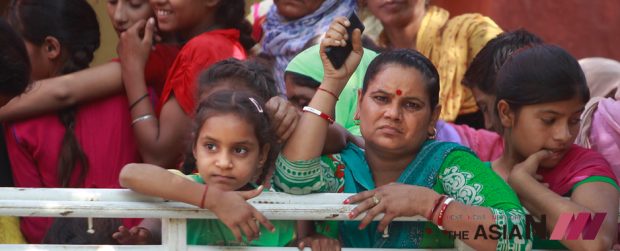Woes of the Third Generation Asian
As traditional Asian societies prepared to venture into the New Year, it may be pertinent to introspect on how family units fared socially and financially thus far. How societies evolved and to which direction future generations are headed.
In most countries, much has happened politically in the past seventy years. Many have come out of dictatorships, dynastic rules, and monarchical systems of governance. The British, French, and Americans have condescended to allow democracies to take root across the globe.
India suffered over thousand years of Islamic invasions and subjugation under the British crown for more than 300 hundred years. The emasculated Indian society, too, experienced drastic changes in the seven decades since independence in 1947.
The first Indian generation that became free of invaders and alien rulers in the late 40s grappled to understand the meaning of this new freedom. A new democratic constitution, a new parliament, rights and obligations. For some, political freedom meant to rebuild the country in terms of infrastructure. For others, it was freedom to think what they would like to do with their own lives and families.
Even through these thousand or more tumultuous years, traditional Indian society has retained its social norms, rites, and rituals. At the time of independence, Indians who were in their 30s, and educated, began to plan the futures of their children. Education was of utmost importance. The welfare state began to eradicate rural poverty by inducting new technologies.
What also continued to remain firmly rooted within the traditional Indian society was hierarchy as elders, grandparents, and parents, with wisdom through life experience, remained the binding force for most families in rural or urban India. They were firm, and in some ways, orthodox and domineering. Most decisions for the young children were always, without exception, in the hands of the elders. There were limits placed on what a child could or could not do; which stream of education he or she would go to. With whom she or he could marry and when. There were strict social norms that needed to be followed. The rebels could face the risk of being ostracised by the family or even the community and society at large.
If closely studied, this scenario may be the same for most societies of South or South East Asian countries that attained freedom in the decade of the 1940s.
By the mid-1970s, a whole new second Indian generation was ready to get married and set up homes. The so-called, modern young Indian, who had grown under strict social norms imposed by their elders, was now prepared to become parents.
The new generation rebelled against social orthodoxies and began to wrest social freedom for themselves, especially from their parents and grandparents. And as they set up new homes, the age-old Indian joint family system began to crumble. The norm for nuclear families began to take root by the 80s.
Soon, this second generation Indian began to work hard and earned good money, enough to set up independent homes and bear children. They had grown up under the strict social norms led by their grandparents and parents, but were now venturing out in becoming global citizens. They engaged with the western world and began to heavily borrow western mores. Often, western books became the guiding principles of their parenting styles.
The first thing that this new and modern global Indian did was to dismantle traditional ways of parenting that he or she detested as a child. They showered freedom on their children to do and think as they liked… and grow up the way they wished. This freedom was bestowed without hesitation. Such parents provided all the “good things” of life that they had not experienced in their childhood. Children were sent abroad to study. Parents did not mind if children did not enjoy the company of elders or follow long-established traditions. Over time, rejecting the wisdom of elders became the preferred path.
There were neither any training nor limits of freedom for this third generation Indian. The third generation new Indian neither learnt the meaning of hard work nor did it understand the value of money.
The anthropologists who study societies in developing countries would perhaps term this pattern of growth as natural progression. In the past few decades, some of these social scientists have begun to study the negative impact of this “freedom of the individual”, globalisation and the resultant loss of tradition and culture.
As we prepared to step into the New Year, the Third Generation Indian continued to drift away from the parents. They adversely developed the curious perceptions that their (second generation) parents did not understand them or their aspirations. They did not want to belong in the shadow of their parents and were convinced that the path of their parents was impacted by stress and mistrust.
For the second generation Indian, it became a point of questioning the path of freedom that they had bestowed on their children. Maybe, the second generation should have heeded Budhha’s wisdom: “Wind a string too tight and it will break. A loose string does nothing. Only in between can music be produced. Seek the “middle way”.































































